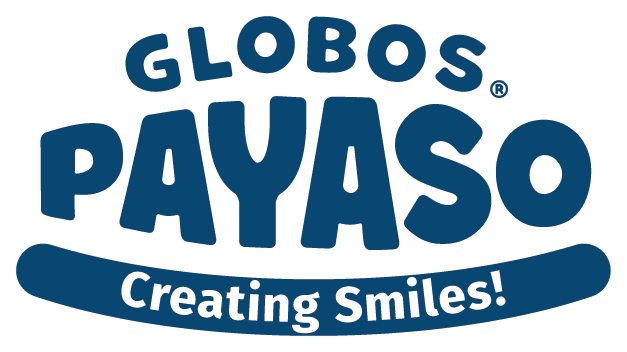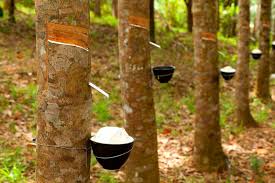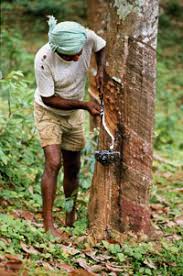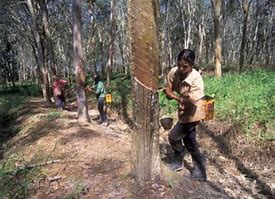Latex Balloons & the Environment
What is a Balloon ?
Latex Balloons, are exactly that. They are made from natural rubber latex, which comes from the Rubber Tree. It is thought that the first Latex balloon was made in 1848, in London (U.K) by the Dunlop Company. The basic process is very similar to that of today, albeit there has been a great deal of change to the machinery used.
It is a dipping process, whereby you have a former, the approximate shape and size of the deflated balloon you are producing, which is then dipped into a tank of latex. Naturally, this is a little oversimplified but it is a very similar process to that of making Latex gloves and contraceptives.
Below you will see more about the Rubber Tree and how it plays an important part within the environment . It will also illustrate how the humble Balloon, has one of the richest product credentials , from a view of sustainability, its commitment to re-forestation and by nature of it being a natural product it is bio degradable.
ITI(UK)Ltd was one of the founder members of the EBPC, which was first established in 2001 (then known as the EBC). The Council was created to help and coordinate efforts on behalf of the industry in maintaining, improving, and meeting all safety standards within Europe and to ensure that the industry has only a positive impact upon our environment. The PDF below can be downloaded and used to help educate and inform.
For more information on product safety and the environment please go to
The Rubber Tree-Hevea brasiliensis
Hevea brasiliensis is a species of rubberwood that is native to rainforests in the Amazon region of South America, including Brazil, Venezuela, Ecuador, Colombia, Peru, and Bolivia. These trees are generally found in low-altitude moist forests, wetlands, riparian zones, forest gaps, and disturbed areas. It is a quick growing tree, often the first to establish itself when a gap in the canopy is produced but may be shaded out as more trees fill in the canopy opening. Today, commercially-produced rubber can also be found throughout much of Southeast Asia and Western Africa.
Liquid latex being tapped from the trees
Significance to Humans
First discovered by the ancient Olmec, Maya, and Aztec, the latex sap from the rubber tree was once used to make rubber balls, to waterproof clothes, and even to form homemade shoes. Today, the latex sap from the rubber tree is still used in the modern processing of rubber and is often a substantial source of income for indigenous populations.
(Courtesy of the Rain Forest Alliance)








